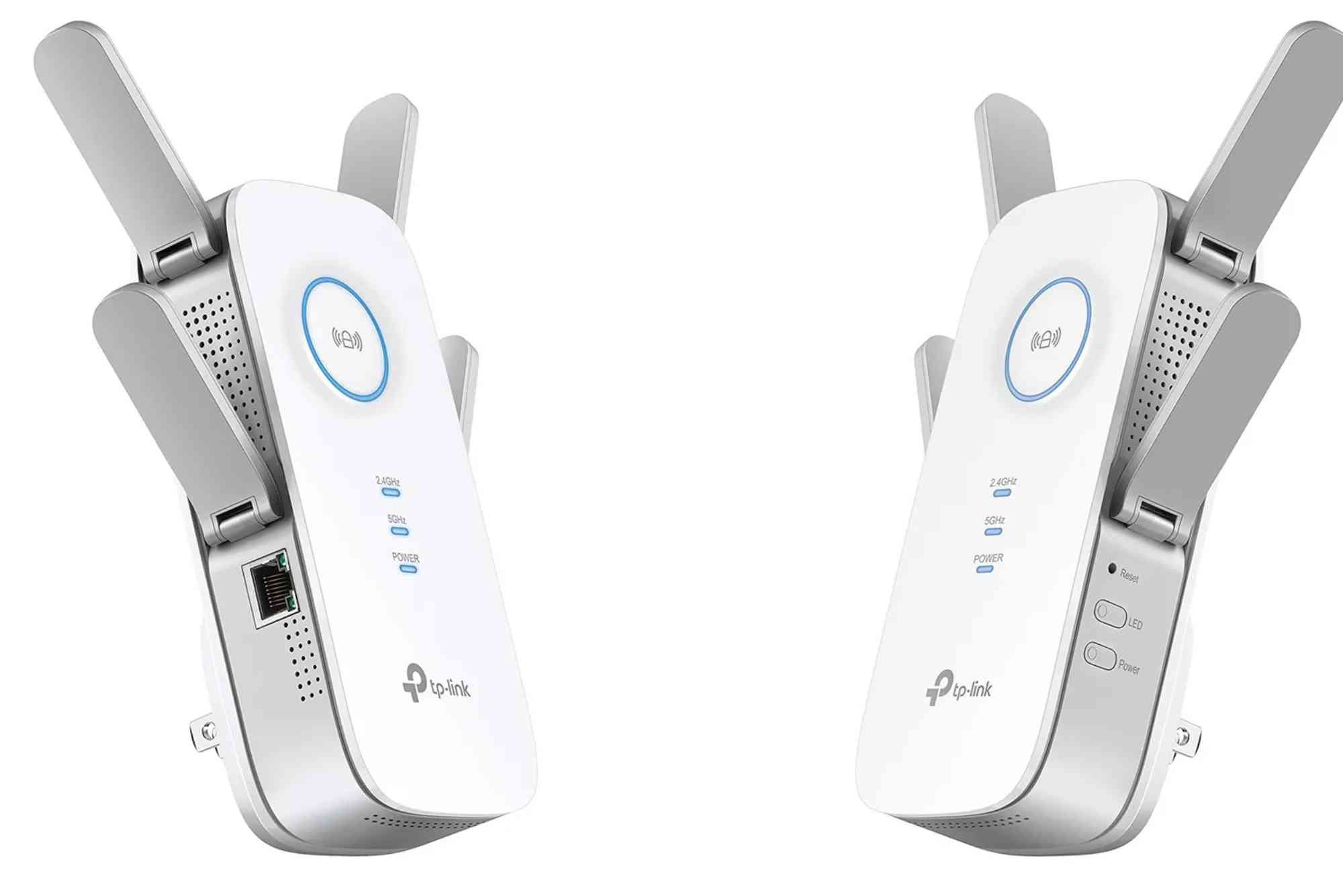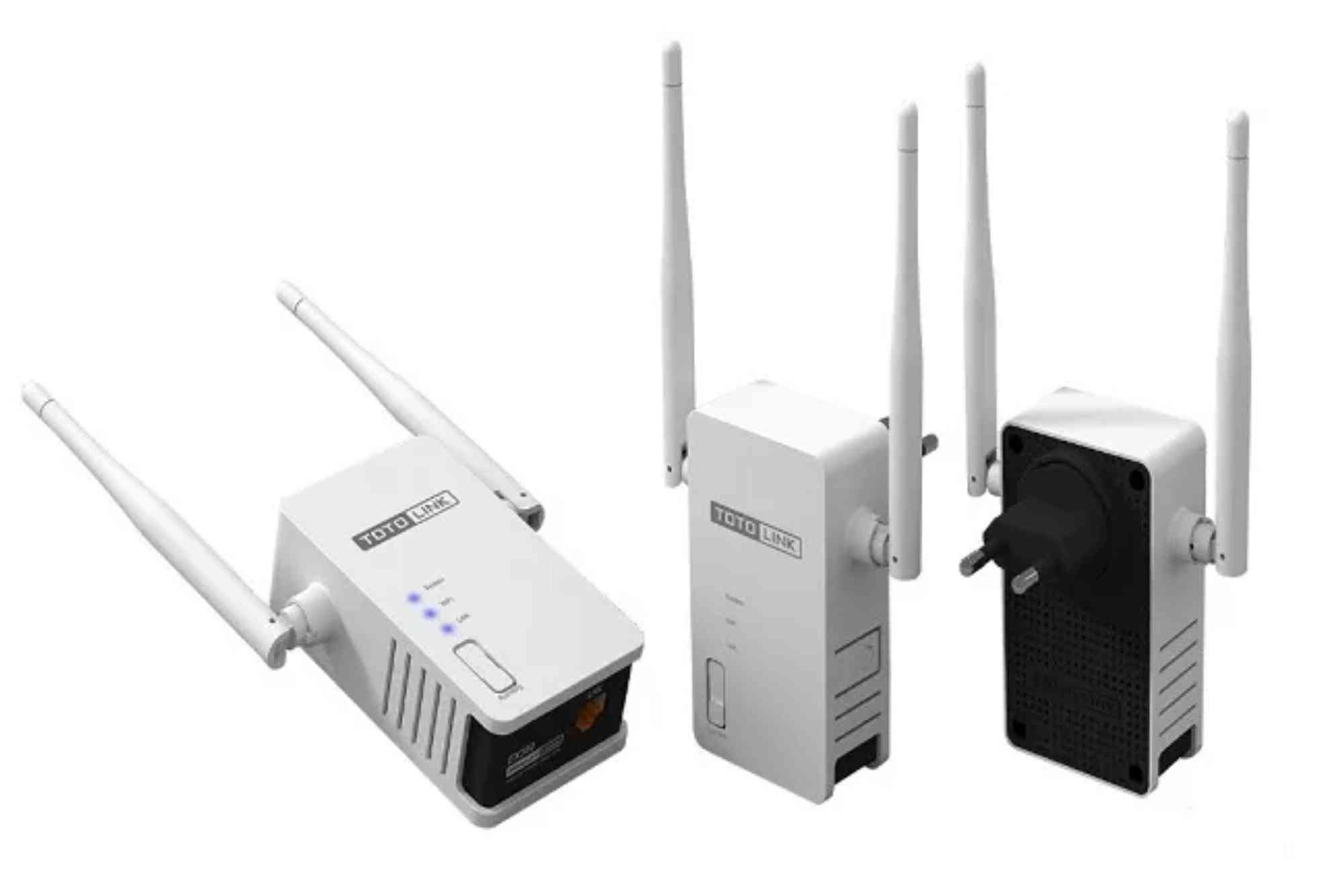How to Setup a Firewall for Your Home Network
In today’s digital age, online threats are everywhere. From malware to phishing attacks, cybercriminals are always searching for ways to infiltrate vulnerable home networks. One of the most effective steps you can take to protect your data and privacy is by performing a firewall setup for home network security.
A firewall acts as a barrier between your devices and the internet. It filters incoming and outgoing traffic, blocking harmful data packets while allowing safe connections. This guide explains everything you need to know about setting up a firewall at home, even if you aren’t a tech expert.
What is a Firewall?
A firewall is a security system that monitors network traffic. It decides which traffic to allow or block based on predefined rules. Firewalls can be hardware-based, software-based, or a combination of both.
Think of it like a security guard for your Wi-Fi. It checks every visitor (data packet) and only allows the safe ones to enter. Without a firewall, malicious traffic could easily reach your devices.
Why Do You Need Firewall Setup for Home Network?
Setting up a firewall is not just for businesses. Home networks are equally at risk. With more devices connected than ever before—laptops, smartphones, smart TVs, and IoT gadgets—your personal data needs strong protection.
Key Benefits of Firewall Setup
-
Protects against malware and hackers by blocking suspicious traffic.
-
Safeguards personal data like banking details and passwords.
-
Prevents unauthorized access to your smart devices.
-
Monitors network activity for unusual patterns.
-
Improves parental controls by managing online access.
According to Cybersecurity Ventures, cybercrime costs are expected to reach $10.5 trillion annually by 2025. Without a firewall, your home could easily be part of that statistic.
Types of Firewalls for Home Networks
When planning a firewall setup for home network, you should first understand the different types.
Hardware Firewalls
These are physical devices that sit between your modem and router. Many modern routers include built-in firewall features. Hardware firewalls are ideal for families with multiple devices.
Software Firewalls
These run on individual devices, such as laptops or PCs. They are great for extra protection but require setup on each device.
Cloud-Based Firewalls
These are managed remotely by security providers. They offer enterprise-level protection but may cost more.
For most households, a hardware firewall combined with built-in software firewalls offers the best balance of security and ease.
Step-by-Step Guide: Firewall Setup for Home Network
Now that you understand the basics, let’s dive into the practical steps.
Check Your Router’s Built-In Firewall
Most modern routers already include firewall functionality. Access your router’s admin panel (usually via 192.168.1.1 or 192.168.0.1 in your browser). Look under the “Security” or “Firewall” settings to confirm it’s enabled.
Update Router Firmware
Before configuring your firewall, make sure your router firmware is up to date. Manufacturers regularly release updates to fix vulnerabilities. Check the router’s support page for the latest version.
Enable Default Firewall Rules
Your router will likely have default firewall rules. These include blocking incoming connections unless requested by your device. Keep them enabled for baseline protection.
Create Custom Firewall Rules
For advanced control, create rules that:
-
Block traffic from suspicious IP addresses.
-
Restrict certain ports often used by hackers (e.g., Telnet, FTP).
-
Limit access to specific websites if needed for parental control.
Use Separate Networks for Guests and IoT
Many routers let you create guest Wi-Fi networks. Place IoT devices like smart bulbs and cameras on a separate network. This prevents hackers from jumping from a weak IoT device to your main devices.
Test Your Firewall
After setup, test your firewall using online tools such as ShieldsUP! (by Gibson Research Corporation). These scans help confirm whether your ports are properly secured.
Combine with Software Firewalls
Enable the built-in firewalls on your Windows, macOS, or Linux devices. This adds another layer of protection on top of the router firewall.
Best Practices for Maintaining Your Firewall
Firewall setup is not a one-time task. It requires ongoing maintenance to remain effective.
Keep Firmware and OS Updated
Hackers exploit outdated systems. Always apply updates to your router and devices promptly.
Regularly Review Firewall Logs
Your firewall logs record blocked traffic attempts. Reviewing them helps you spot unusual activity early.
Use Strong Passwords
Change the default router password immediately. Use a complex password to prevent unauthorized access.
Disable Unnecessary Services
Turn off remote management or unused ports. The fewer entry points, the better your network security.
Combine with Antivirus and VPN
A firewall alone isn’t enough. Use antivirus software and a VPN for comprehensive security.
Common Mistakes to Avoid in Firewall Setup for Home Network
Even with the right intentions, many people make mistakes during firewall setup.
-
Leaving default settings unchanged: Hackers know default credentials.
-
Opening too many ports: Each open port is a potential vulnerability.
-
Not testing configurations: A firewall that looks active may still have gaps.
-
Ignoring smart devices: IoT devices are prime targets for attackers.
By avoiding these errors, you strengthen your firewall’s effectiveness.
Real-Life Example: Why Firewalls Matter
In 2021, researchers found that over 1.5 billion smart devices were exposed to hackers due to weak security settings. Many of these homes lacked proper firewall protection. A simple firewall setup could have prevented unauthorized access.
If you want to dive deeper into internet security for your household, you can also explore resources from trusted providers like Dhanote Internet Services, which offer valuable insights on protecting your digital life.
FAQs on Firewall Setup for Home Network
Do I really need a firewall at home?
Yes. Without a firewall, your devices are exposed to cyber threats. Even basic firewalls block most unauthorized traffic.
Can my router’s firewall protect all devices?
Yes, if enabled correctly. A router firewall protects every device connected to your home network.
Should I use both hardware and software firewalls?
Absolutely. Hardware firewalls protect the whole network, while software firewalls add device-specific security.
How do I know if my firewall is working?
Use tools like ShieldsUP! or firewall test websites. They scan your open ports to ensure your firewall blocks them.
Can a firewall block viruses?
Not directly. A firewall blocks suspicious traffic, but viruses inside safe traffic may still pass through. Pair it with antivirus software.
Setting up a firewall for your home network is essential in today’s connected world. It protects your privacy, secures your devices, and gives you peace of mind. With the steps outlined above, even beginners can perform a firewall setup for home network without stress.
Don’t wait for a cyberattack to realize the importance of security. Secure your home today with a strong firewall, updated devices, and safe browsing habits.
Ready to protect your digital life? Start your firewall setup now and enjoy safer online experiences for you and your family.








